Most of your training in the emergency response field is reactive. You definitely want to be trained in how to react to events, because we can’t observe everything all the time. Muscle memory is a huge advantage when faced with violence or stressful situations. But what if there was a way to be proactive instead of reactive with your situational awareness? Analyzing behavior is proactive and is a method of observing human behavior (baselining) and looking for suspicious indicators (anomalies), which may indicate an individual’s or group’s intentions.
Editor's Note: This is Part 3 in a series on the benefits of situational awareness. We'd recommend reading Part 1 and Part 2 if you haven't already.
Why Behavior Analysis Is Important

Above: As behavioral expert David Matsumoto discussed in his interview in RECOIL OFFGRID Issue 51, there are common physiological giveaways inherent to dishonesty and maligned behavior.
Analyzing behavior offers a unique approach to threat mitigation that begins from the point of view of the threat and is based on the actual adversary’s methods of operation. It allows us to anticipate the behavior and intentions of the bad actors, rather than just react to their actions.
The Left of Bang Mindset
If you think about an incident time line, imagine bang is right there in the middle. After a bang event there are “good guy” actions and “bad guy” actions that happen. The good actions are people calling 911, rendering medical aid, locking down their area, and so forth. Examples of bad guy actions would be escaping from the area, ditching weapons or clothing used in the crime, or selling stolen goods. All of these actions fall into the right of bang category. Bad things have happened and we’re just cleaning up the mess.

We want to be observant of everything left of bang. The pre-event indicators and actions that happen before violence or an attack. If you can spot a crime or attack before it happens, your chances of stopping or disrupting the attack go up exponentially. So it’s important to know and train how to react to these events, but there’s a whole other side of the coin that most people don’t pay attention to.
Establish Behavioral and Atmospheric Baselines
You may not realize it, but you use baselines all the time in your everyday life. A baseline is simply what’s normal and usual given a particular time, situation, and context. You create a baseline by observation. The longer you can observe an individual or area, the better baseline you establish but you’re not going to have an infinite amount of time to make these observations in the real world. Baselines can also be developed through past experiences, historical examples, or knowledge of bad actor tactics. Baselines are constantly changing based upon new people, events, and time. For example, a certain section of town may look and feel one way during the daytime but may be extremely different at night.
So why are baselines important? By having a baseline, you’re able to more easily detect anomalies. Anomalies can be anything out of the ordinary — things that just don’t seem right. And when it comes to safety and security, anomalies can be extremely important to pay attention to. By being aware of your surroundings and knowing what’s normal for that particular environment, you’re more likely to spot something that isn’t right. This could be anything from someone loitering around your neighborhood to an unusual package left on your doorstep.

Above: Were you expecting a package? If not, this may be a ploy someone uses to get you to open your door or make observations about your behavior or lifestyle without you realizing it.
Establishing Individual Baselines
To establish individual baselines, you need to get a read on a person’s nonverbal communication and what they’re putting out to the world. Depending on what research you look at, nonverbal communication makes up 60 to 65 percent of communication, but most people just focus on the spoken word. You should pay attention to what people are saying, but there’s a whole world of other indicators out there to pay attention to. The good news is most people don’t even realize the amount of information they’re giving away as they go about their day to day.
Individual Baseline Indicators
Posture: Does the person seem closed off and appearing to make themselves smaller (submissive behavior) or do they stand tall with their shoulders back making eye contact with everyone in their vicinity (dominant behavior)?
Tone of Voice: Is their tone of voice and volume consistent or erratic? The more bass someone adds to their voice can be viewed as trying to intimidate. The more high-pitched their tone gets can be viewed as a stress indicator.
Speed of Movement: Does the person walk with a purpose and have their head on a swivel, or do they look down as they move with little to no arm swing in their gait. If a person is walking slower than everyone else around them but then starts moving faster with a longer gait, why? What caused this shift?
Attention: Where is the person’s attention focused? Is their attention where it should be? If I am at the end of a marathon waiting to see the winners cross the line, why is this person’s attention focused down at purses and pockets?
Clothing: Does their closing match the baseline of the area you’re in? Are they wearing a bulky sweater with sweatpants but it’s 92 degrees outside? Is this a corporate event where everyone is in a suit and tie, but one individual is wearing flip-flops?
You can use these questions and any of the other nonverbal indicators like facial expressions, gestures, touching, physical movements, body adornment, and so on to become a student of people and establish these behavioral baselines.
Establish Group Baselines

Above: One person is standing still while others are fluid. This individual is out of baseline and stands out. This is a common way to spot someone whose behavior isn’t consistent with the group. Reviews of surveillance footage immediately following the Boston Marathon bombing showed the bombers moving against the flow of the crowd, which enabled authorities to zero in on them.
You can establish group indicators using the above nonverbals, but would also want to pay attention to proxemics or the distances people keep from people or objects. Proxemics is the branch of knowledge that deals with the amount of space that people feel is necessary to set between themselves and others. Proxemics consists of the messages people express when, for example, they prefer to sit at the front or back of a classroom, or whether they sit near to or far from the head of the table at a meeting. Basically, the more comfortable you are with a person or object, the closer you get. The more uncomfortable you are, the farther you get.
Proxemic baselines definitely have cultural variance, depending on where you’re from. But generally, in the Western world, we like to keep about one arm’s distance from people. If you see a group of people with less than that distance between, you can confidently say they’re comfortable with each other and know each other well. By noticing how a group of people interacts with each other, you can start to gather critical information.
Group Baseline Indicators
Distance Apart: How close or far does the group maintain their distance from each other? Does it appear that they just met, or do they act like they’re very comfortable?
Attention: Does their attention stay inward with each other like they’re having a conversation or are their eyes wandering, taking in the area. If one individual notices something and orients themselves, does the rest of the group change their focus too?
Noise Level: Is the group loud and obnoxious or are they quiet and having personal conversations with each other?
Mimicry: Is there one individual in the group who people are mimicking with their posture? If one person goes from hands-on-hips to hand-on-chin, does everyone else follow? That’s usually the leader or “alpha” of the group.
Intrusion: If someone approaches their group, do they “open the gate” and let them into the group or do they close ranks and go shoulder to shoulder?
These are just a few examples of what Group Baseline Indicators are, but there are many more out there. The best way to learn about them is to pay attention to the next conversation you have and see if you can spot any of these indicators being used.

Above: Is someone getting in your bubble without your expressed interest or consent? This may be an indication of someone trying to take advantage of you.
Establish Environmental Baselines
You’ve probably heard of reading the room, but have you ever heard of reading the atmospheric indicators around you? Just like the mood of a room can change based on the people in it, the collective attitude or mood of a place can also change. These changes can be caused by a combination of cultural, social, geographic, and individual elements. By asking specific questions about the area, you can start to read what that geographic area is communicating to you.
Your Immediate Surroundings: This may seem obvious, but it’s important to take the time to look at your surroundings and notice the details. What kind of environment are you in? Is it dirty or clean? Bright or dim? Quiet or loud? By taking a moment to really see your surroundings, you’ll start to get a feel for the atmosphere.
Listen to People Around You: Another important element of reading atmospheric indicators is listening to the people around you. What are they saying? How are they saying it? What kind of emotions does their conversation evoke in you? By paying attention to both verbal and nonverbal cues, you can start to get a sense of what the mood is like.
Overt Security Elements: If there are security cameras and “No Trespassing” signs on almost every block, it’s a good indication that the residents are afraid of something — or someone. Bad actors often conduct their shenanigans out of abandoned buildings or vacant lots, so property owners put up these types of signs to deter them.
Pay Attention to Graffiti: While graffiti can be an expression of art, it can also be used by criminals to mark their territory. Not just what the specific graffiti communicates, but any change in its frequency. If there’s a complete lack of it one day and then there’s a huge amount the next or vice versa. If there’s always fresh graffiti in the area, then one day it just stops, I want to know why.

Above: Get to know the symbols that gangs known to congregate in certain areas use to mark their territory.
The key to reading an environment is noticing the little details. But don’t just look at what’s happening right now — take time each day over weeks or months until eventually these things become clearer than ever before because all aspects combined create an atmosphere that tells us everything we need to know about any location whether good/bad, warming/cold, etc.
Detecting Anomalies
Now that we’ve established our different baselines (what should be), we can start scanning proactively for our anomalies. Anomalies are any changes or new developments in a situation that rise above or fall below the baseline. When most people hear the word anomalies, we instantly connect it to a deadly threat, and that could be the case. But sometimes anomalies aren’t an immediate threat, but just more information. The street sweeper who shows up every Tuesday at 9 a.m. doesn’t show up is an anomaly. Would I call 911 immediately? No, but I might want to find out what caused the anomaly. That’s the essence of the left-of-bang mindset; you’re a hunter out in the wild searching for any deviations from the baseline. If it’s a threat anomaly, make a decision and act. If it’s a less serious anomaly, you go in investigative mode and don’t stop until your questions have been answered.
The presence of these oddities suggests there has been some kind disruption; it might even hint toward what caused said change. And since we’re trying to figure out why things went haywire here, looking into every last detail will help us get closer toward solving this mystery quicker than ever imagined possible.

Above: Pay attention to things like cars following you. While it may be completely reasonable someone is going the same way you are, there’s a point where you need to realize that the odds of coincidence are dropping fast and you may be getting set up for an ambush.
Tomorrow Is a New Day
As we wrap up this three-part series on tightening your awareness shot group, it’s important to remember that being observant of the world around us is key to preventing violence. Most people only take in 20 to 30 percent of the information flying around their head, so by becoming a student of behavior and expanding your baselines you can truly increase your chances of disrupting or stopping a violent event before it happens. It may seem like a daunting task, but with the current state of our world it’s more important than ever to be “left of bang.” Thank you for reading and keep your eyes open — something you observe tomorrow might just save your life.
About the Author

Yousef Badou is the owner and founder of Emergence, a service-disabled veteran-owned small business (SDVOSB) providing behavioral awareness training to Fortune 500 companies, military, and other government agencies. Yousef began his journey into security training after multiple deployments with the U.S. Marine Corps. He’s an Arabic speaker and former infantryman, along with being the longest-standing member of the USMC Combat Hunter Training Program. With so many threats on the horizon, Yousef believes the best way to disrupt these threats is through education on pre-event indicators and behaviors of violence. www.emergencedisrupt.com
Related Posts
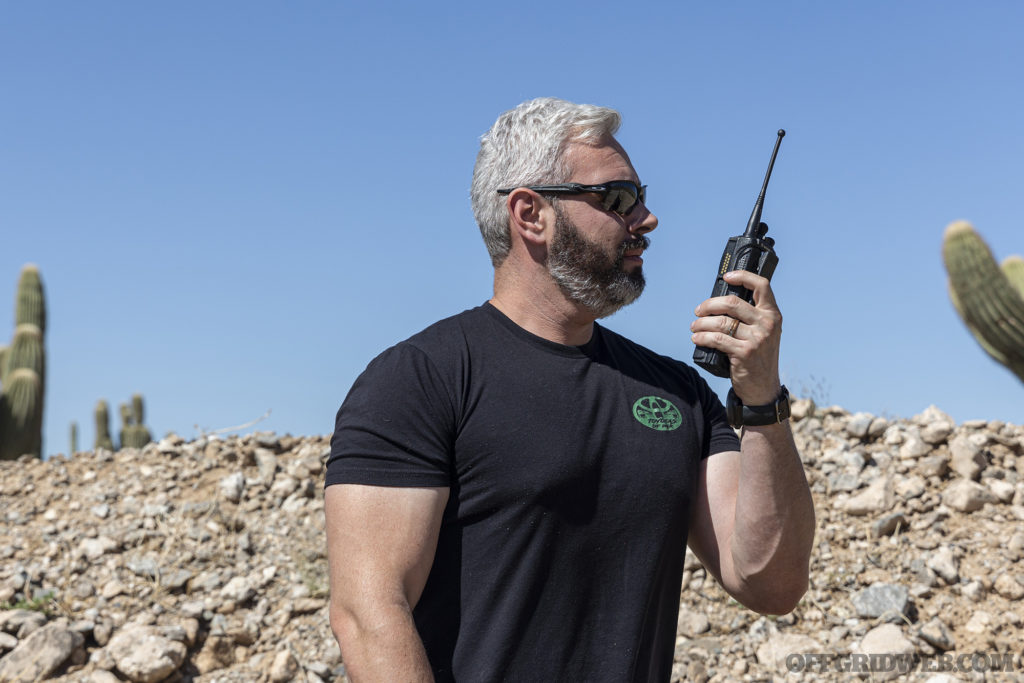
Encrypted Radios: Off Grid Comms Offers AES-256 Encryption for CiviliansOff Grid Comms offers ready-to-use encrypted radios for civilians. They're based on the P25 digital standard with AES-256 encryption.

Video: Stealth Camping in a Nissan NV200 Panel VanStories from a Van filmed a 15-minute video showing how he set up his innocuous-looking Nissan NV200 panel van for urban stealth camping.
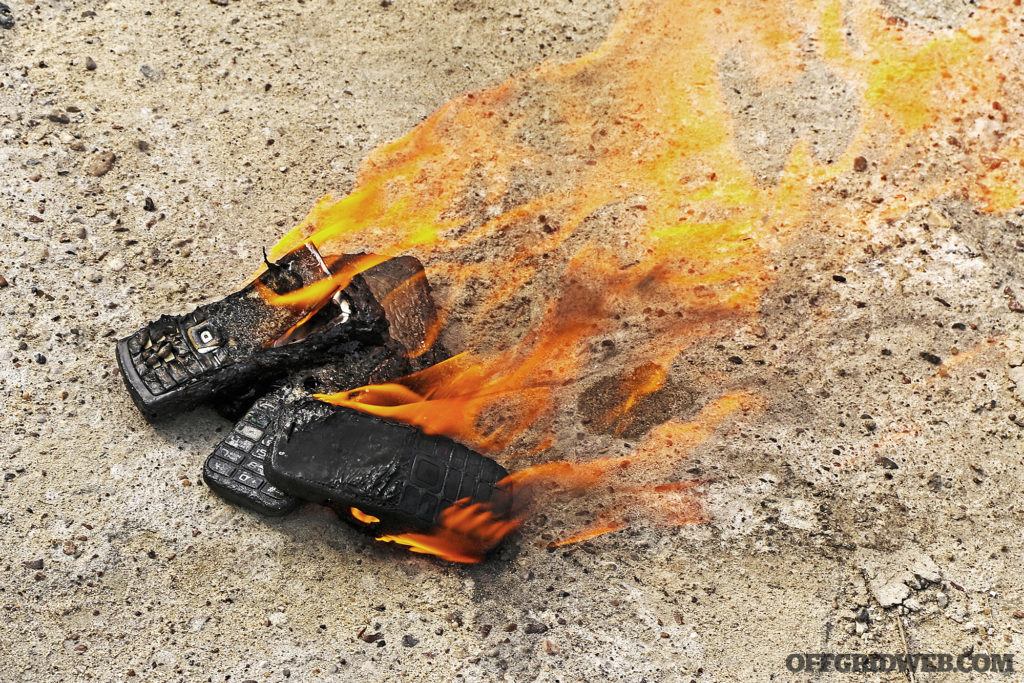
Burner Phone Basics: How to Set Up an Anonymous Prepaid PhoneToday, threats to privacy abound. Those of us who require anonymity can still get it through the use of a prepaid, disposable burner phone.

DIY Disinfectants: How to Fight Diseases with Limited ResourcesStrict attention to hygiene and use of disinfectants, both off-the-shelf and improvised, will save many lives in the aftermath of a disaster.

How to Choose a Homestead PropertyWhile there’s no such thing as a “perfect” homestead location, there are many variables to consider that will save you time and money.
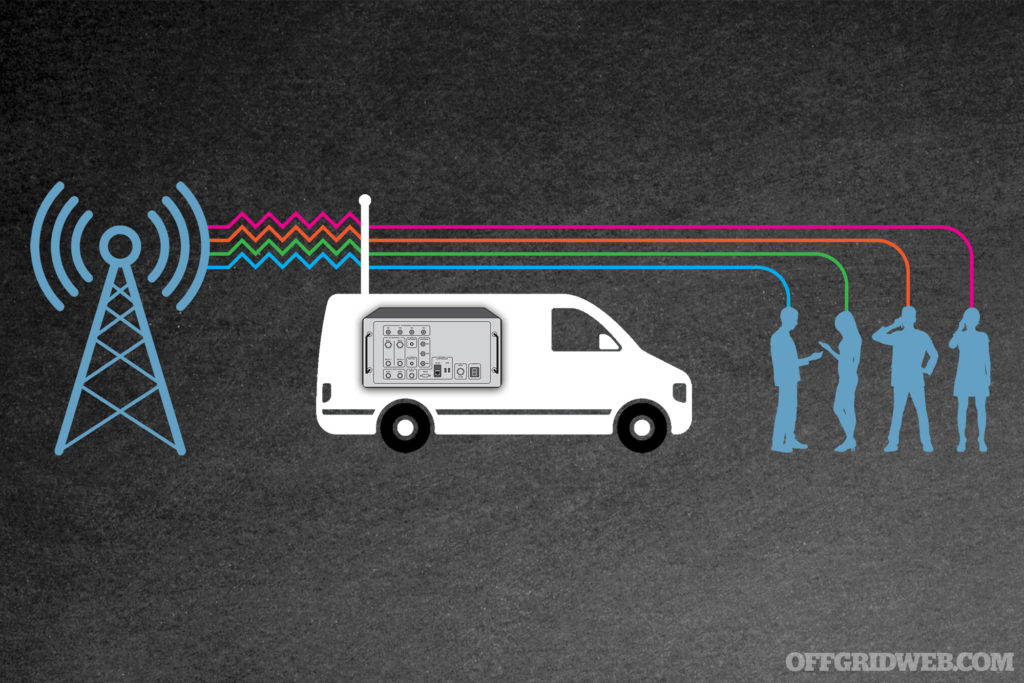
Cell Phone Surveillance: Can They Hear You Now?A cell site simulator (or IMSI catcher) is a cell phone surveillance device that impersonates a legitimate cell tower and records user data.
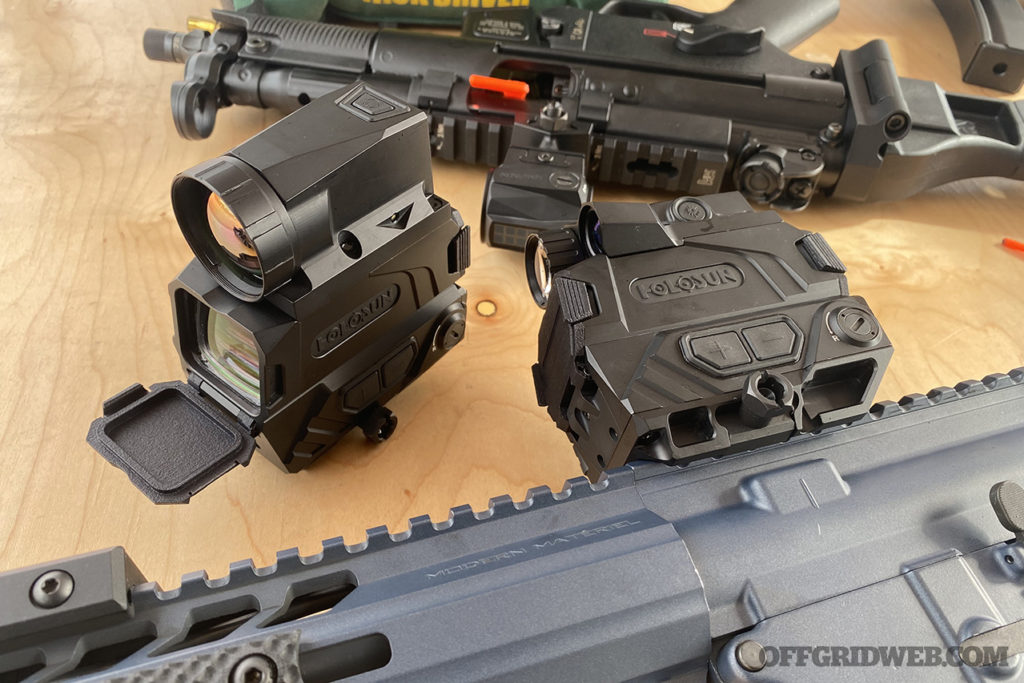
New: Holosun DRS Red Dot + Thermal Hybrid OpticThe new Holosun DRS-TH and DRS-NV optics feature an AEMS-style red dot with a secondary thermal or digital night vision overlay function.
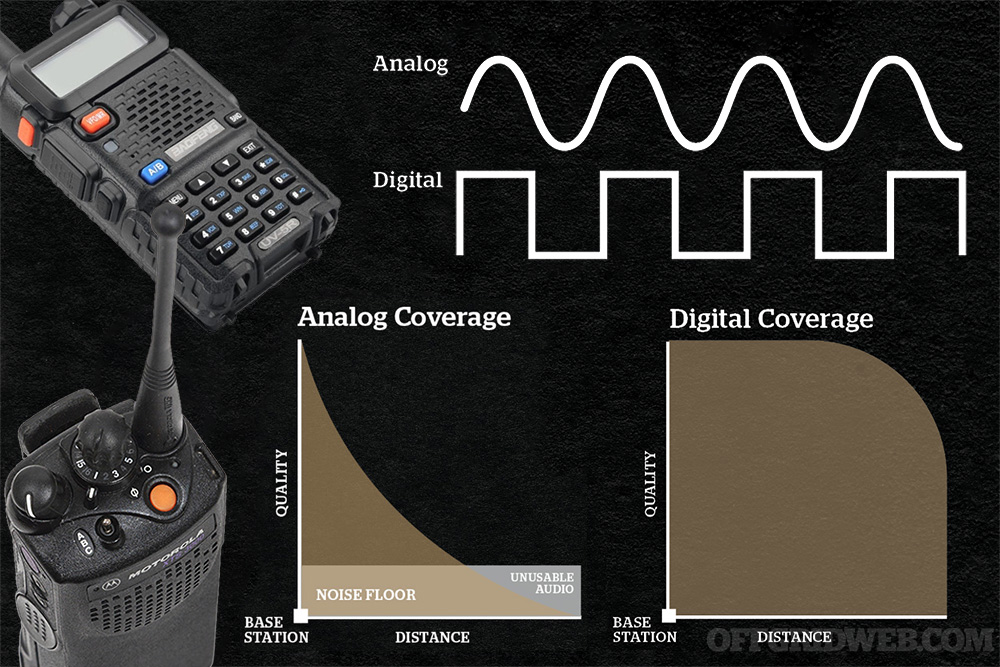
Infographic: Digital vs. Analog RadiosExplaining all the details of the digital vs. analog radio debate would require a lengthy technical article, so we'll give you the basics.
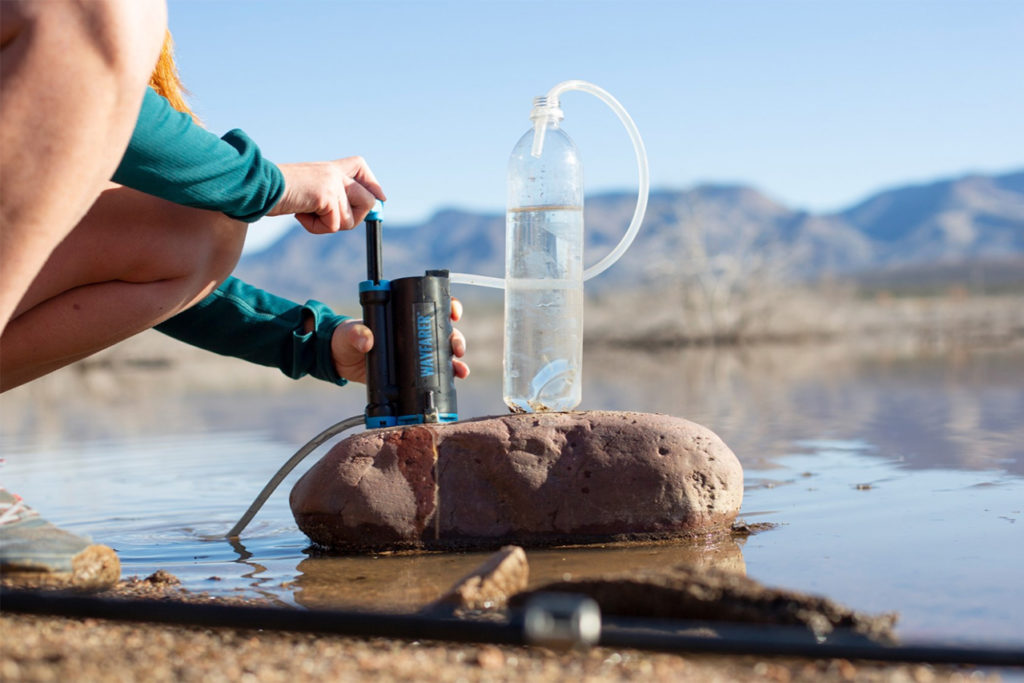
New: LifeSaver Wayfarer Compact Water PurifierThe LifeSaver Wayfarer water purifier is designed to fit easily into a pocket or small backpack, and weighs only 11.4 ounces.
The post Situational Awareness Evaluation: Part 3 – Baselines & Anomalies appeared first on RECOIL OFFGRID.
By: Offgrid Staff
Title: Situational Awareness Evaluation: Part 3 – Baselines & Anomalies
Sourced From: www.offgridweb.com/preparation/situational-awareness-evaluation-part-3-baselines-anomalies/
Published Date: Wed, 25 Jan 2023 21:52:11 +0000
-------------------------------------------------------------------------
Did you miss our previous article...
https://outdoorsnewswire.com/survivalist/50-survival-movies-preppers-should-watch
 CampingSurvivalistHuntingFishingExploringHikingPrivacy PolicyTerms And Conditions
CampingSurvivalistHuntingFishingExploringHikingPrivacy PolicyTerms And Conditions
